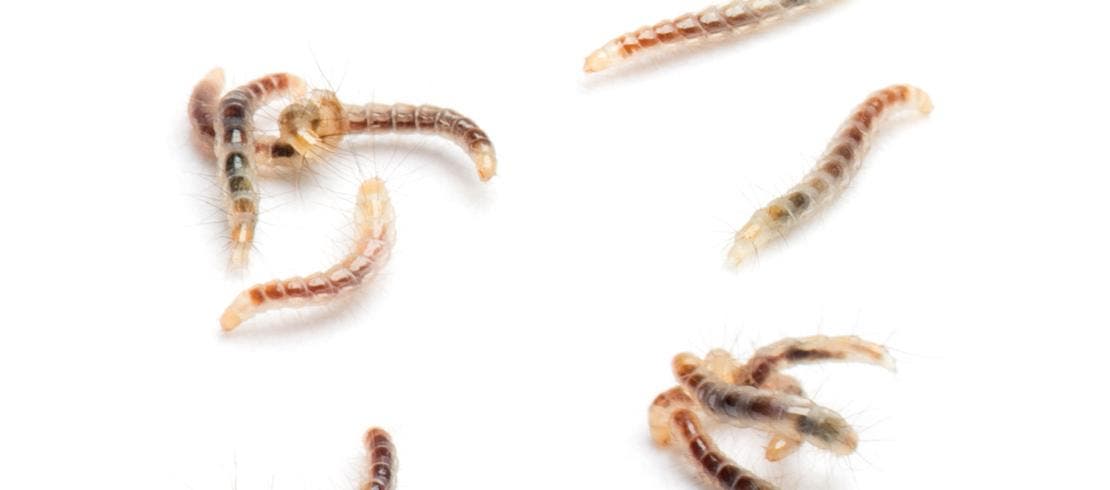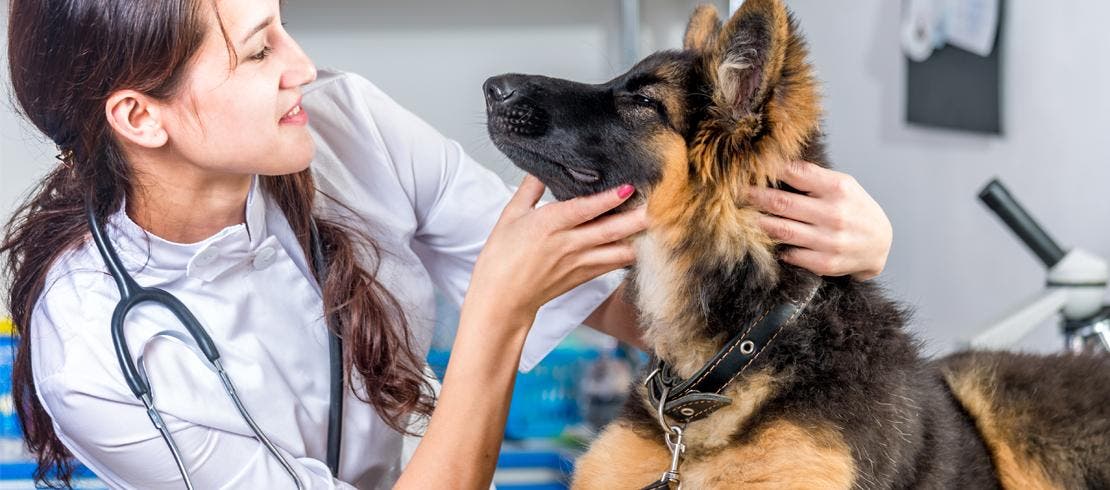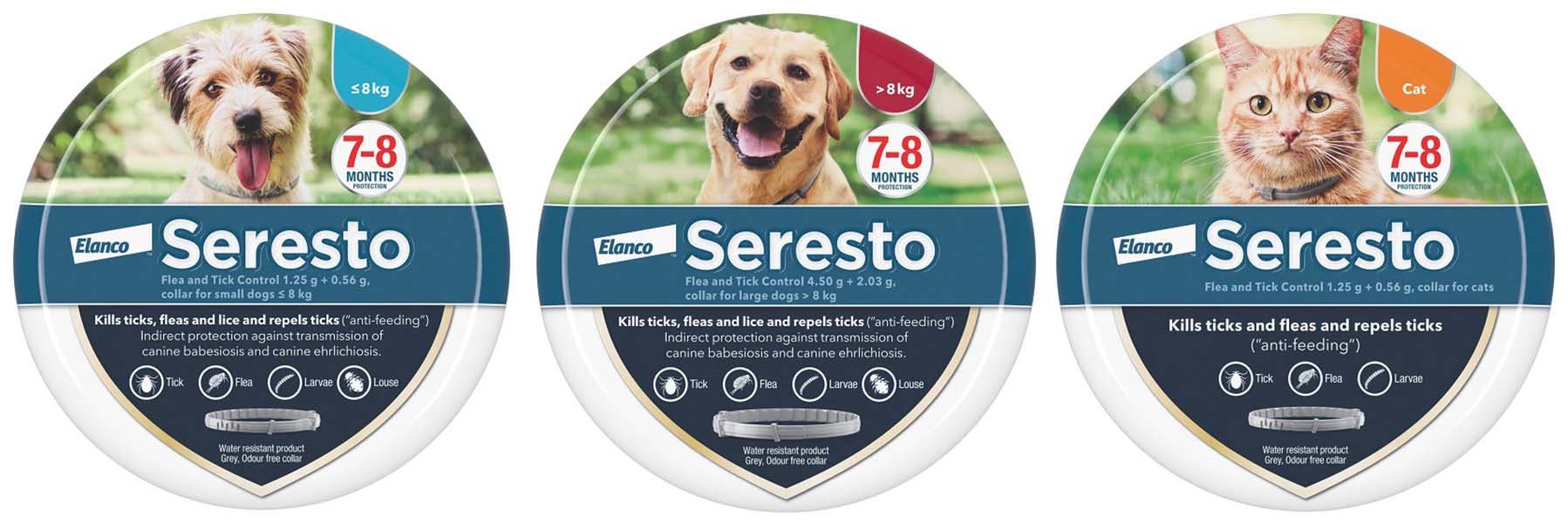It can seem like fleas are indestructible. You’ve taken immediate action after spotting a flea on your pet, only to find another blood-sucking critter crawling through their fur the next day.
This is because fleas are robust parasites. Once they’ve found a host to feed on, they reproduce quickly and their eggs can spread throughout the home before you’ve even noticed that your pet is scratching more than usual.
Only by breaking the flea life cycle can you stop them. Find out how you can remove them before it turns into a flea frenzy.
It might come as a surprise to learn that adult fleas can make up just 5 per cent of the total infestation. The other 95 per cent are invisible to the naked eye. This means the infestation potential in your home is huge if you don’t act quickly.
Flea facts
Flea fact #1: Under ideal conditions, fleas can develop rapidly
The flea has four life stages: egg, larva, pupa and, finally, adult. The speed of development depends on the temperature and humidity of the environment so growth to an adult flea can take just a few weeks to several months.
Flea fact #2: Fleas like to be warm and cosy
The optimal temperature for fleas is between 21°C and 29°C. At one time, flea season referred to the warmer summer months of the year but now, centrally heated homes mean that fleas are a year-round problem. So, if you’ve spotted an adult flea on your pet and your home is warm and cosy, you’re providing the perfect conditions for an infestation.
Flea fact #3: Fleas need a host to survive
Once eggs have hatched, developed into the larval stage and emerged from pupae, they’re now adult fleas. They need to find a host, such as your pet, to feed on so they can survive. They will usually remain on the same animal for life, feeding on them daily. Without a blood meal, the flea can only survive for a few days.
Understanding the life cycle of a flea
When we think of fleas, we conjure up the image of the adult flea, when in fact fleas take many forms when they’re developing. When we know the different growth stages of a flea, it can help to quickly tackle an invasion.
Stage 1: Flea eggs
Once an adult female flea has found a host and eaten a blood meal, she can then reproduce and begin to lay eggs. The eggs are tiny white objects, usually around 0.5mm in size, which is smaller than a grain of sand! It makes it almost impossible to see them, particularly if they’re scattered around your house in the carpet and on the sofa.
Female fleas usually lay on average 20 eggs per day but they can lay as many as 50. Flea eggs represent around half the entire flea population in the home.
Your dog or cat will then unwittingly distribute the eggs on the flea’s behalf, as they fall off your pet when they move around the home and in the surrounding environment.
When the temperature and humidity is right, the eggs will hatch and larvae emerge.
Stage 2: Flea larvae
Flea larvae instinctively avoid direct sunlight because they’re negatively phototactic (they move away from light) and so bury themselves deep into materials and fabrics.
Because they can’t yet feed on a host, they survive by eating flea dirt from the environment, the name given to adult flea faeces. Essentially, flea dirt is dried blood and looks like a trail of black specks. It can sometimes be visible on bed sheets.
Flea larvae are a white, almost see-through colour and have no legs. They develop over one to two weeks and are larger than flea eggs, growing up to 5mm long.
In a household flea infestation, larvae make up 35 per cent of the total population. They will be found hiding in dark parts of your home, including carpets, under furniture, under skirting boards, and in pet bedding.

Stage 3: Flea pupae
Flea pupae refers to the cocoon stage of the flea cycle and they make up 10 per cent of the home flea population. This is the final stage before it turns into an adult flea, which can take several days or weeks. If conditions aren’t right, the pupae can survive for months and sometimes more than a year.
The cocoon protects the pupae while it develops. The sticky outer layer of the cocoon keeps pupae hidden deep in fabrics and carpets. This helps to keep it out of reach of vacuums and helps to protect pupae from chemicals in some household flea removers.
Once developed, the adult flea won’t emerge until they sense a potential host nearby. They are clever and will pick up on vibrations, rising levels of carbon dioxide and body heat, indicating that your dog or cat is nearby.
Stage 4: Flea adults
When an adult flea emerges from the cocoon, they will seek a host to feed on, usually within a few hours. If fleas can’t find a pet (and in some cases, a person) to feed on, they won’t survive.
Female fleas can only reproduce once they’ve fed and they’ll begin laying eggs within a few days.
Adult fleas change in appearance once they’ve eaten too. A newly emerged adult flea is very small, has a flat-bodied appearance and they’re dark in colour. When the bloodsucking creatures have had their fill, they grow into a recognisable flea shape and take on a lighter shade.
They account for five per cent of a home flea infestation and are usually found on your pet where they can continue the cycle of feeding and laying eggs for a number of weeks.
How to break the life cycle of a flea
Now you know the development stages of a flea, it can help you to understand why it’s so important to take action as soon as you spot one on your pet.
Step 1: Kill and prevent fleas on your pet
There is a vast array of flea control products in your local pet shop to suit your pet and your lifestyle. Your vet can help you to choose the right one.
Advantage spot-on kills and prevents fleas on pets for up to 4 weeks with each application. It works by killing fleas through contact. Available for both dogs and cats, Advantage spot-on is a specialist flea protection to help protect pet, family and home*

Step 2: Eradicate all flea stages in the environment
Once you have treated your pet, you need to turn your attention to ridding your home from fleas.
You’ll need to clean your whole house, not just the areas your pet frequents because people move eggs, larvae and pupae around the house too. When cleaning you’ll want to pay particular attention to fabrics, carpets and soft furnishings where adult fleas and the younger flea life-stages can bury themselves.
- Vacuum your house frequently for a number of weeks to ensure you capture as many eggs and larvae as possible. Remember to focus on the areas under furniture where larvae like to hang out. Empty your vacuum cleaner after every clean so they don’t have a chance to re-infest your house.
- Wash your pet’s bedding and toys in hot soapy water to remove and kill eggs, larvae and pupae. Remember to wash your own bedding on a hot wash too. Curtains shouldn’t be ignored either!
- Use special home flea spray, which stops the development of flea eggs and larvae and kills adult fleas in those hard-to-reach areas, such as in cracks in the floor and skirting boards and on furniture.
- De-flea your car too. If your pet spends time in your car, they may have spread flea eggs there. If this is the case and the eggs are not dealt with swiftly, they can easily lead to re-infestation of your home.

A flea infestation can be incredibly frustrating to get under control and may take many months to resolve despite doing all the right things, but the sooner you act, the easier you can remove them. It is quite normal to continue to see adult fleas emerging from the resilient pupae for some time after first treating your pet and the house, but with the right treatment these fleas will quickly die breaking the flea life cycle. Taking consistent and thorough action that targets every stage of the flea’s life will get them out of the house, and treating your pets regularly will go a long way to stopping them from returning.
Find out more about effective flea treatment now.
* Advantage kills adult fleas on the pet as well as flea larvae in the pet’s surroundings, such as carpets and upholstery, following contact with a treated pet.


